Welcome to "Lighting the Way: A Comprehensive Guide to Selecting Hydroponic Grow Lights for Your Grow Room". If you are a passionate gardener or someone interested in venturing into hydroponics, then this article is here to guide and support you every step of the way. Growing plants indoors can be challenging, especially when it comes to providing them with adequate lighting.
That's why we have created this extensive guide that dives deep into the world of hydroponic grow lights, offering comprehensive information on how to choose the right lighting system for your specific needs and goals. Whether you are a seasoned grower looking to upgrade your current setup or a beginner ready to embark on an exciting journey, our compassionate voice will help illuminate your path towards successful indoor gardening. So let's turn on those lights and dive into this remarkable world of possibilities!
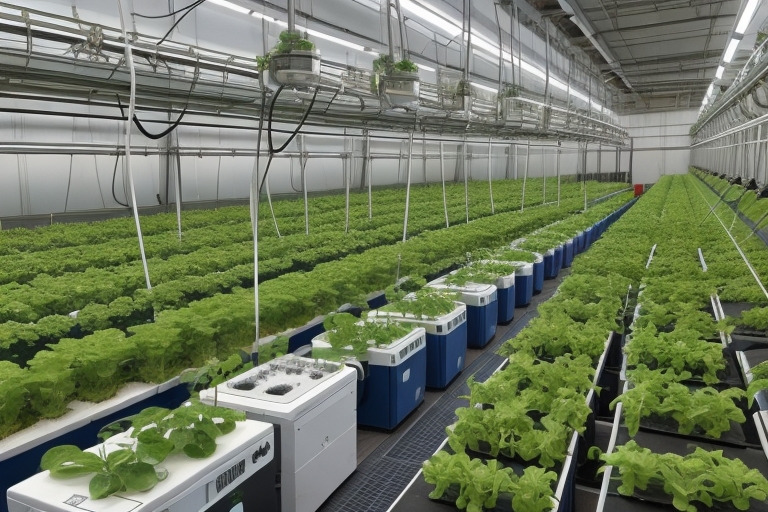
The Basics of Hydroponic Grow Lights
Importance of Grow Lights in Hydroponics
Grow lights are an essential component of hydroponic systems as they serve as a replacement for natural sunlight. Without adequate light, plants cannot photosynthesize efficiently and grow to their full potential. Hence, selecting the right grow lights is crucial for successful indoor gardening.
Types of Grow Lights Used in Hydroponics
There are several types of grow lights available for hydroponic setups. Each type has its own advantages and considerations:
- LED Grow Lights: These energy-efficient lights generate little heat and can be customized to emit specific wavelengths, catering to different plant growth stages.
- High-Intensity Discharge (HID) Lamps: HID lamps include metal halide (MH) and high-pressure sodium (HPS) bulbs. While MH bulbs promote leafy growth, HPS bulbs help with fruiting and flowering stages.
- Fluorescent Tubes: Compact fluorescent lights (CFLs) or T5 fluorescent tubes are affordable options suitable for small-scale setups or seedlings.
- Plasma Lamps: These advanced lamps produce a broad spectrum similar to natural sunlight but can be expensive upfront.
Regardless of the type chosen, it is important to consider factors such as light intensity, coverage area, energy efficiency, and maintenance requirements when selecting grow lights for your hydroponic system.
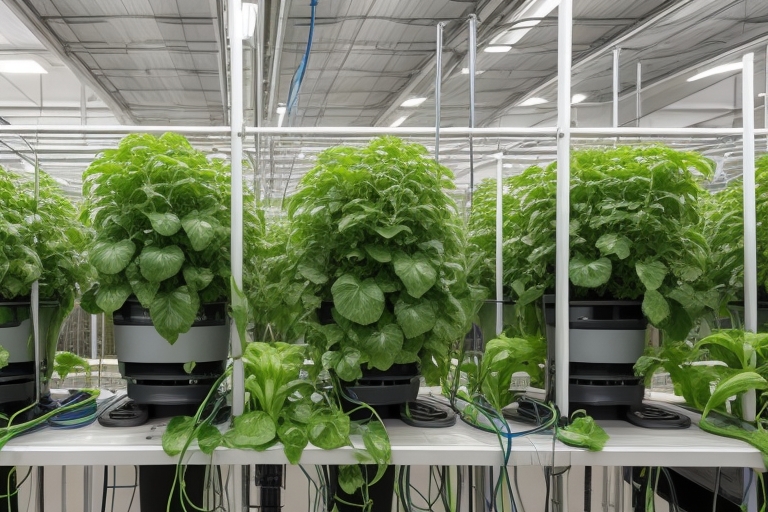
Understanding Different Types of Grow Lights
When it comes to selecting the right grow lights for your hydroponic grow room, it's important to understand the different types available. Here are a few key options:
- Fluorescent Lights: These are affordable and produce less heat, making them suitable for smaller plants or seedlings. However, they may not provide enough intensity for bigger plants.
- High Intensity Discharge (HID) Lights: HID lights come in two types - metal halide (MH) and high-pressure sodium (HPS). MH produces cooler light, ideal for promoting vegetative growth, while HPS emits warmer light that encourages flower production.
- LED Grow Lights: LED lights are energy-efficient and versatile. They can be customized with different wavelengths to cater to specific plant needs at various stages of growth.
No matter which type you choose, ensure your grow lights have adjustable height settings and proper ventilation to prevent damage from excessive heat buildup. Remember that each type has its own advantages and drawbacks; consider factors such as cost, energy efficiency, space requirements, and the specific needs of your plants when making your selection.
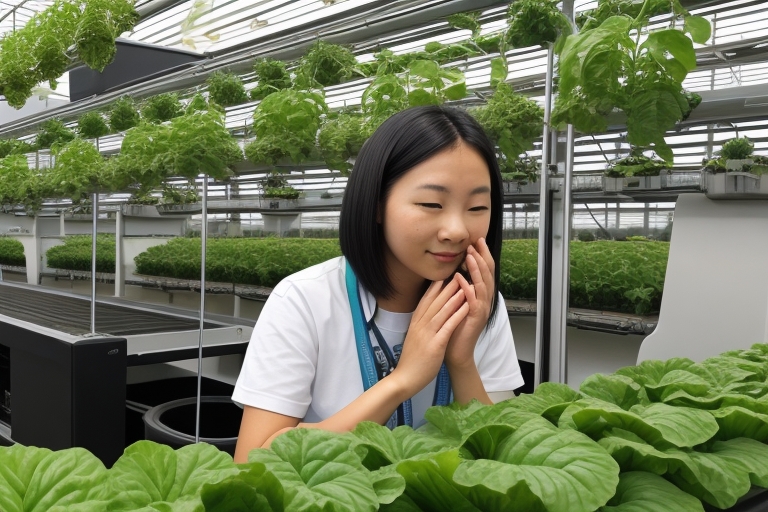
Factors to Consider When Choosing Grow Lights
When choosing grow lights for your hydroponic grow room, there are several important factors that you should consider. These factors will help ensure that your plants receive the optimal amount and quality of light for healthy growth.
- Type of Light: There are various types of grow lights available, including fluorescent, LED, and high-intensity discharge (HID) lights. Each type has its own strengths and weaknesses in terms of energy efficiency, spectrum range, and lifespan.
- Wattage and Coverage Area: The wattage of a grow light determines how much power it consumes while the coverage area indicates how much space it can effectively illuminate. It's essential to match the wattage and coverage area with your specific needs to provide sufficient light intensity throughout your entire grow room.
- Light Spectrum: Different plants have different light requirements at each stage of their growth cycle. Understanding the specific spectrum needs - whether blue light for vegetative growth or red light for flowering - is crucial in providing them with the right kind of lighting they require.
By taking into account these factors when selecting hydroponic grow lights for your indoor garden, you can create an ideal environment where your plants thrive and flourish under optimal lighting conditions.

Comparing Different Light Spectrums and Intensities
Light spectrums and intensities play a crucial role in the success of hydroponic grow lights. The spectrum refers to the different colors of light emitted by the bulbs, while intensity relates to the brightness or strength of the light.
- Spectrum: There are various spectrum options available for hydroponic grow lights, including full-spectrum, blue spectrum, red spectrum, and even customizable options. Full-spectrum LED lights emit a wide range of wavelengths that mimic natural sunlight, providing plants with all the necessary light for growth and development. Blue spectrum lights are ideal for vegetative growth as they promote leafy green growth. Red spectrum lights are beneficial during flowering stages since they encourage blooming and fruiting.
- Intensity: The intensity of light is measured in foot-candles or lux levels and indicates how bright it is at a certain distance from the source. High-intensity discharge (HID) lamps produce intense amounts of light suitable for larger gardens where long distances need illuminating efficiently. On the other hand, fluorescent lamps emit less intense but more evenly distributed light that works well in compact spaces or smaller setups.
- It's important to strike a balance between both aspects when selecting your hydroponic grow lights: finding an appropriate combination ensures optimal plant health without damaging them due to excessive heat or blinding brightness.
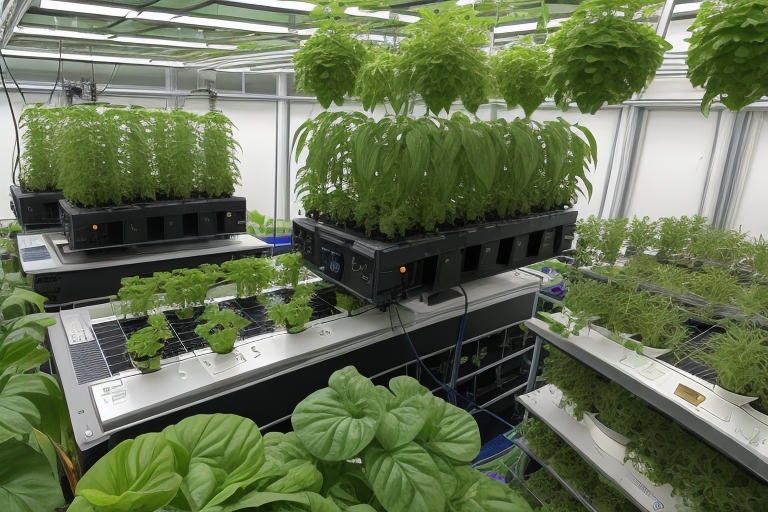
Determining the Right Light Coverage for Your Grow Room
When determining the right light coverage for your grow room, it is important to consider the specific needs of your plants. Different types of plants have different light requirements, so it is crucial to understand what your plants need in order to thrive.
Start by measuring the size of your grow room and calculating its square footage. This will give you a starting point for determining how many lights you will need. Generally, it is recommended to aim for around 30-40 watts per square foot of growing space.
Next, consider the intensity and spectrum of light needed by your plants. Some plants require more intense light while others prefer lower levels. You can adjust the height at which you hang your lights to accommodate these needs.
Lastly, make sure that the entire surface area of your plant canopy receives adequate light coverage. Positioning multiple lights strategically can help achieve this goal.
Remember that each plant has unique requirements - taking time to research and provide appropriate lighting conditions will lead to healthy growth and abundant harvests!
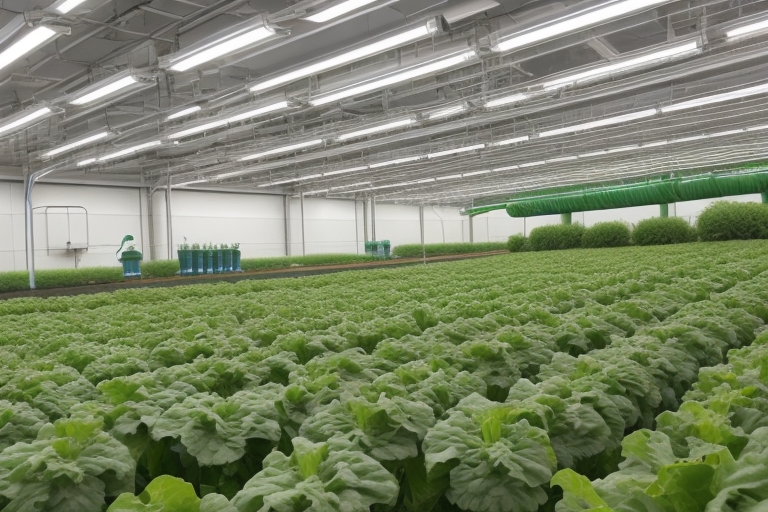
Energy Efficiency and Cost Considerations
When selecting hydroponic grow lights for your grow room, it's important to consider energy efficiency and the associated costs. Energy-efficient lighting not only helps reduce electricity bills but also minimizes environmental impact. LED lights are a popular choice due to their high energy efficiency compared to traditional options like fluorescent or incandescent bulbs. LEDs consume less power while producing bright light, making them ideal for indoor gardening.
Switching to LED grow lights can lead to significant long-term savings. Although they may have a higher upfront cost compared to other options, LEDs last longer and require less maintenance. Their lifespan of up to 50,000 hours ensures that replacements are infrequent, reducing expenses over time. Additionally, LEDs emit less heat than traditional lights, minimizing the need for additional cooling systems in your grow room and further cutting down on energy consumption.
In conclusion, carefully considering energy efficiency and associated costs is crucial when selecting hydroponic grow lights for your indoor garden. Opting for LED lights can result in substantial savings while promoting sustainable practices through reduced power consumption and longer-lasting bulbs. By prioritizing energy efficiency, you can create an eco-friendly environment that benefits both your plants and your wallet.
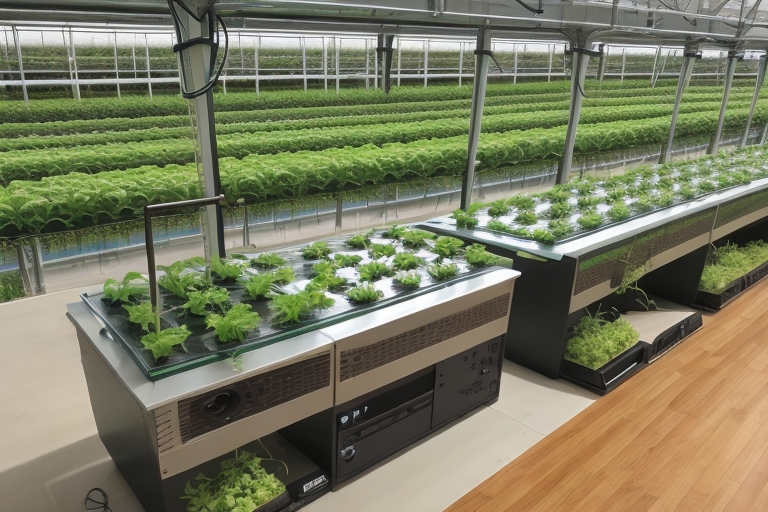
Tips for Properly Installing and Positioning Grow Lights
Proper installation and positioning of grow lights is crucial to ensure optimal growth and yield in your hydroponic grow room. Here are a few important tips to keep in mind:
- Choose the right location: Identify a suitable spot for installing grow lights that provides ample space, proper ventilation, and easy access for maintenance.
- Hang at the correct height: Hang the grow lights at an appropriate distance from the plants to prevent burning or stunting their growth. As a general guideline, keep HID (High Intensity Discharge) lights around 2 feet above young seedlings and 4-6 inches away from mature plants.
- Position evenly: Arrange the grow lights so that they cover all areas of your growing space uniformly. This will ensure that every plant receives adequate light energy, promoting balanced growth throughout.
Remember to regularly monitor your plants' response to lighting conditions as different species may have varying light requirements. By following these simple yet essential guidelines, you can provide your hydroponic garden with ideal lighting conditions for healthy development.
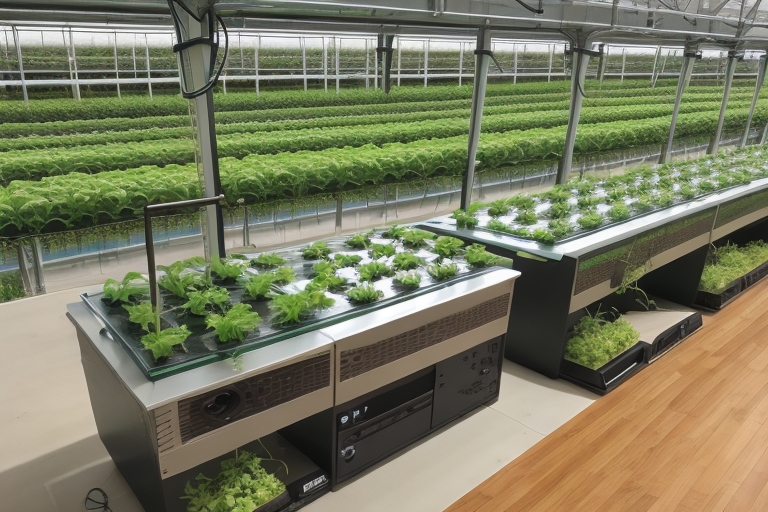
Troubleshooting Common Issues with Grow Lights
1. Insufficient Light Output
- If your plants are not thriving or growing as expected, it could be due to insufficient light output from your grow lights.
- Check if the wattage of your current lights matches the recommended amount for the size of your grow room.
- Consider upgrading to higher wattage bulbs or adding more lights to ensure adequate light intensity for optimal plant growth.
2. Uneven Light Distribution
- Uneven light distribution can lead to inconsistent plant growth and development.
- Make sure that you position your grow lights at an appropriate distance from each other and from the plants.
- Regularly rotate the positions of your lights or use reflectors and diffusers to achieve a more uniform spread of light throughout your grow room.
3. Overheating
⁃ If you notice excessive heat coming from your grow lights, it could potentially harm both the plants and the lighting system itself.
⁃ Check if there is proper ventilation in place within your grow room.
⁃ Consider using cooling fans or air conditioner units specifically designed for hydroponic setups to maintain a suitable temperature range.
Note:
Remember that troubleshooting issues with hydroponic grow lights requires careful observation and adjustments over time. Don't hesitate to seek advice from experienced growers or consult professional resources when faced with persistent problems.
I found three more resources that offer valuable insights into hydroponics and sustainable farming:
- Risk of E. coli in Hydroponic and Aquaponic Systems (Purdue University News): This article from Purdue University highlights the potential risks associated with E. coli contamination in hydroponic and aquaponic systems. Despite the general belief that these systems have a lower risk of contamination, the study found the presence of Shiga toxin-producing E. coli in both hydroponic and aquaponic setups. This finding underscores the importance of proper handling and sanitation practices in these systems to prevent contamination【61†source】【53†source】.
- Hydroponic Greenhouse- Florida Virtual Field Day (University of Florida, IFAS): This resource provides extensive information on hydroponic greenhouse production, focusing on aspects such as nutrient solution formulation, pest management, and transplant production. The presentations and publications featured in this virtual field day are particularly useful for those involved in commercial vegetable production and protected agriculture, with an emphasis on alternative crops and hydroponic technology【62†source】.
- Hydroponic Greenhouse Production Resources (UMass Amherst): This resource from the University of Massachusetts Amherst covers various aspects of hydroponic greenhouse production, including the need for adequate heat, ventilation, and light management in the greenhouse. It also discusses the initial investment required for hydroponic systems and emphasizes the need for technical skill in managing these systems. The guide suggests that those interested in hydroponic production should start small to learn the various aspects of production and visit existing growers to understand how systems are set up【46†source】.
Each of these resources provides unique perspectives and practical advice on hydroponic farming, covering both the risks associated with these systems and the technical aspects of managing hydroponic greenhouses.
https://hydroponicharmony.com/selecting-hydroponic-grow-lights/?feed_id=4354&_unique_id=65f5320be02ff
No comments:
Post a Comment